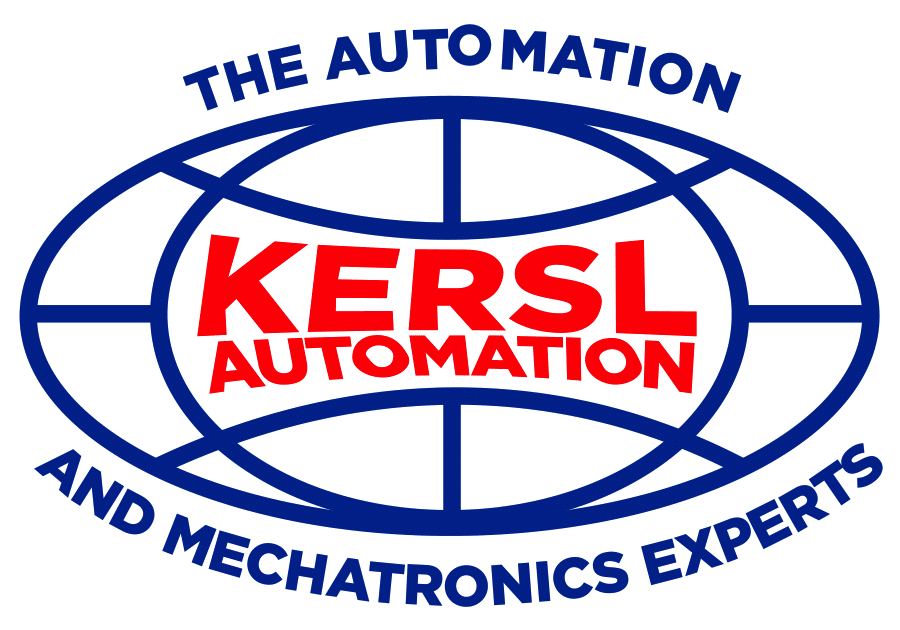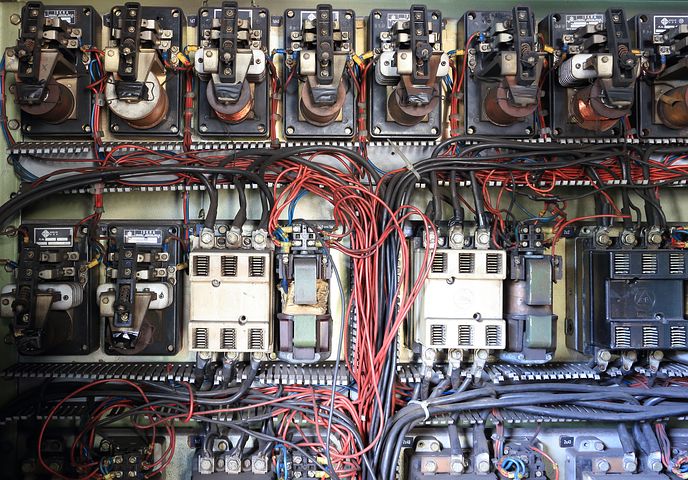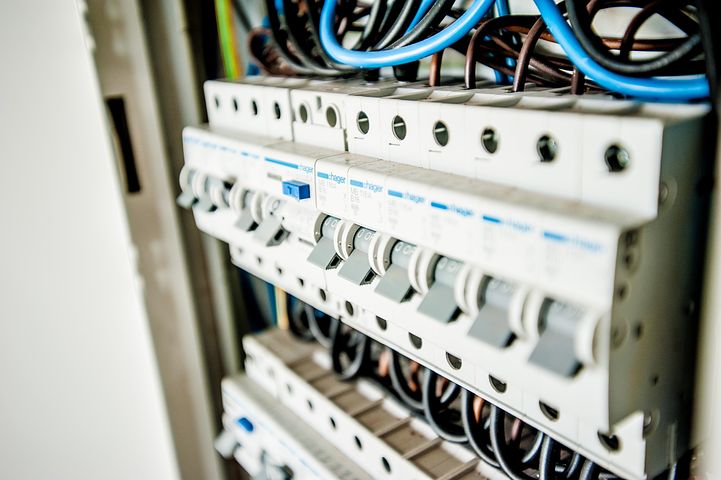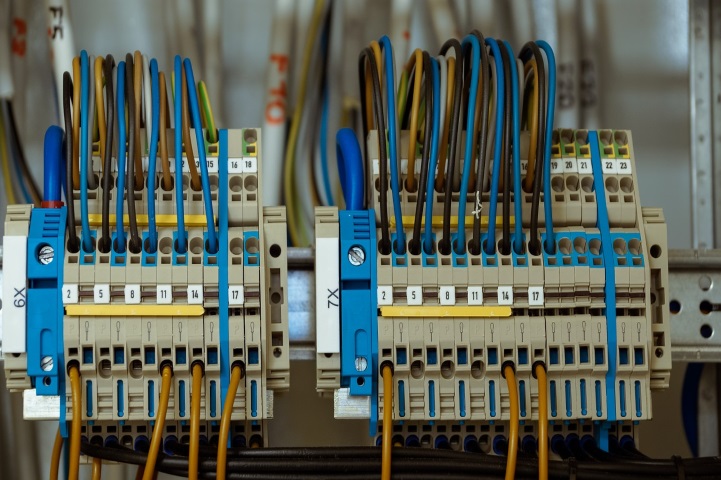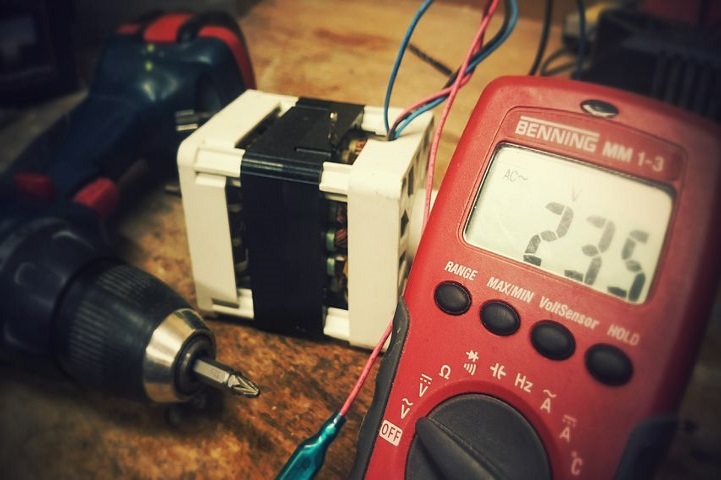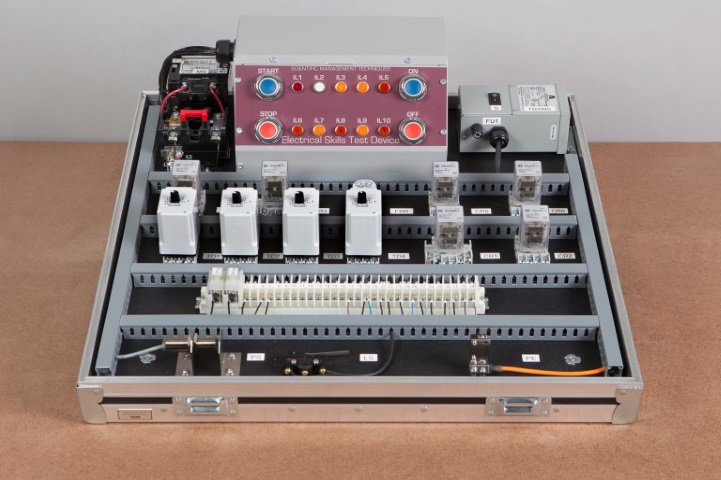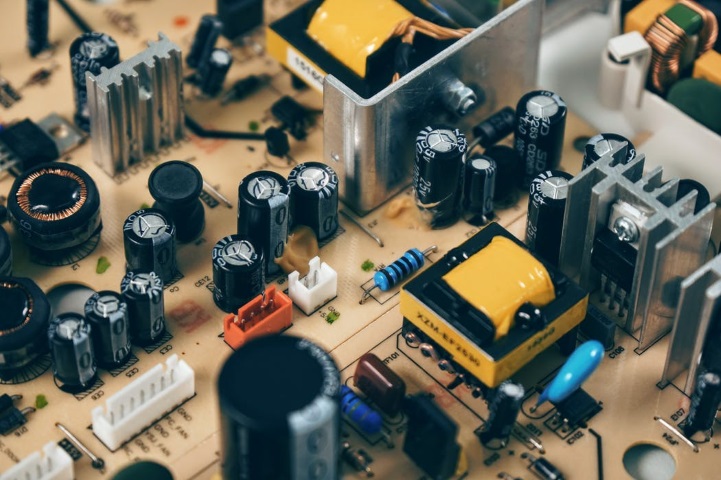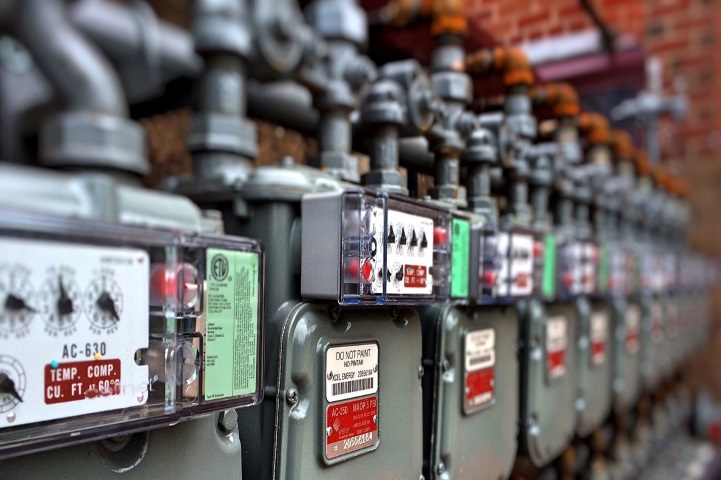Industrial Electricity II
Industrial Electricity II (Electrical Wiring of Industrial Equipment)
COURSE CODE: KCIEL2-02
Credit Value: 2.0
Learning Outcomes:
On completion of this course the student will be able to:
- Demonstrate an understanding of electrical principles pertaining to electrical wiring of industrial equipment (e.g., motors, contactors)
- Demonstrate an understanding of troubleshooting techniques (e.g., basic schematic reading, use of multimeters, electrical troubleshooting using the Electrical Systems Testing Device (ESTD), troubleshooting AC and DC motors and generators)
- Demonstrate an understanding of motor troubleshooting and maintenance.
Demonstrate an understanding of electrical principles pertaining to electrical wiring of industrial equipment (e.g., motors, contactors)
Objectives:
- Identify contactors and overloads for various applications
- Be able to wire a direct-on-line starter and connect an AC motor to it.
- Be able wire a three-phase reversing starter and connect the starter to a motor.
- Be able to wire a sequence starting circuit.
- Be able to wire a fully automatic star-delta starter.
- Be able to wire a fully automatic auto-transformer starter.
- Be able to connect a single-phase motor to reversing contactors.
- Be able to connect a DC motor and starter.
- Be able to connect a ward-Leonard speed control system
- Be able to connect a liquid resistance starter to a slip-ring motor.
Demonstrate an understanding of troubleshooting techniques (e.g., basic schematic reading, use of multimeters, electrical troubleshooting using the Electrical Systems Testing Device (ESTD), troubleshooting AC and DC motors and generators)
Objectives:
- Understand how to troubleshoot in a safe environment (i.e., understanding safety rules).
- Understand how to read schematic and wiring diagrams while troubleshooting the circuit
- Understand how the Electrical Systems Testing Device (ESTD) works.
- Understand how to perform troubleshooting activities just like on a real equipment
Demonstrate an understanding of motor troubleshooting and maintenance
Objectives:
- Be able to test a three-phase motor
- Be able to identify general maintenance procedures for industrial motors.
- Be able to use the following in troubleshooting, as appropriate:
- a megohmeter,
- a clampmeter,
- a magnetic compass (used to quickly identify field coil polarities),
- Digital multimeter (Minimum 600V, CAT III true RMS rating, with low resistance (0.01 ohms or lower) featuring a cycle function and capacitance test.
- Be able to fault-find basic electrical circuits
- Be able to fault-find live electrical circuits
